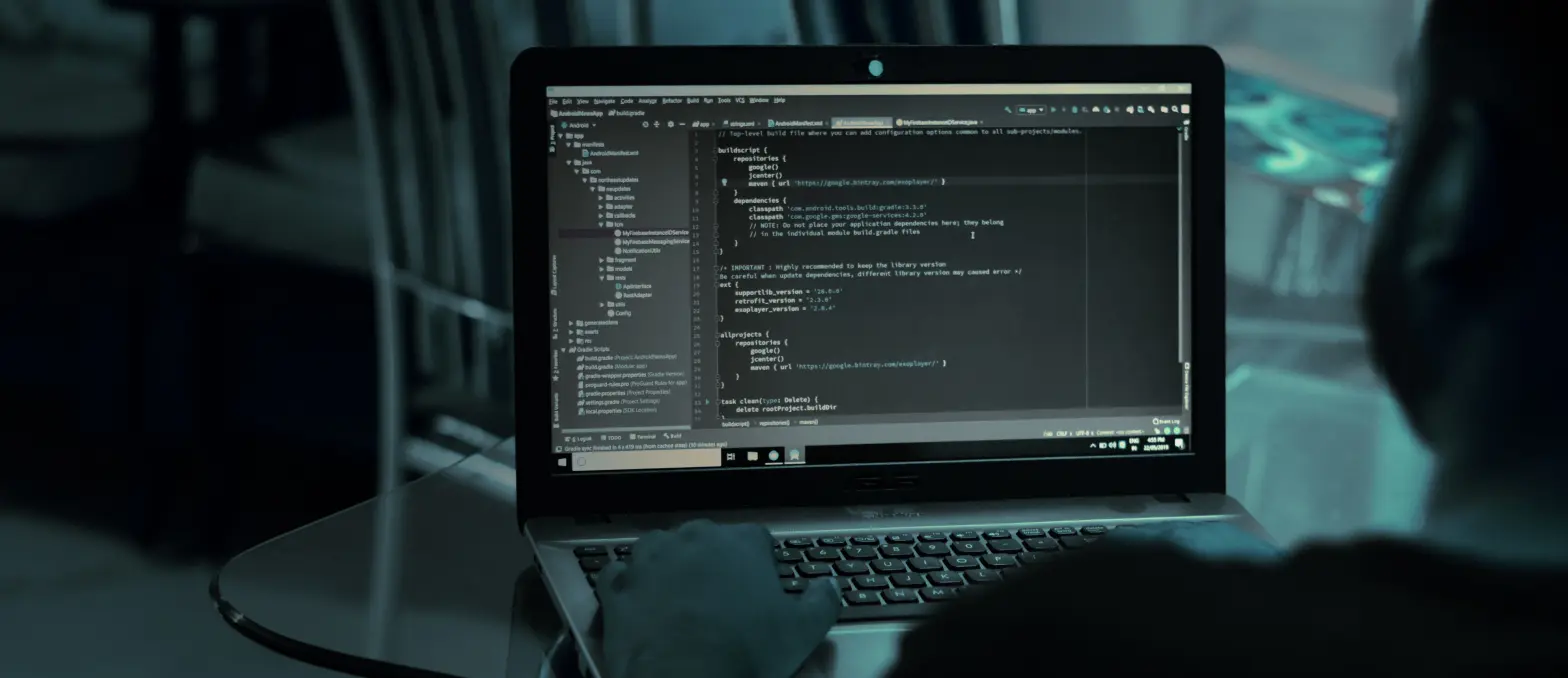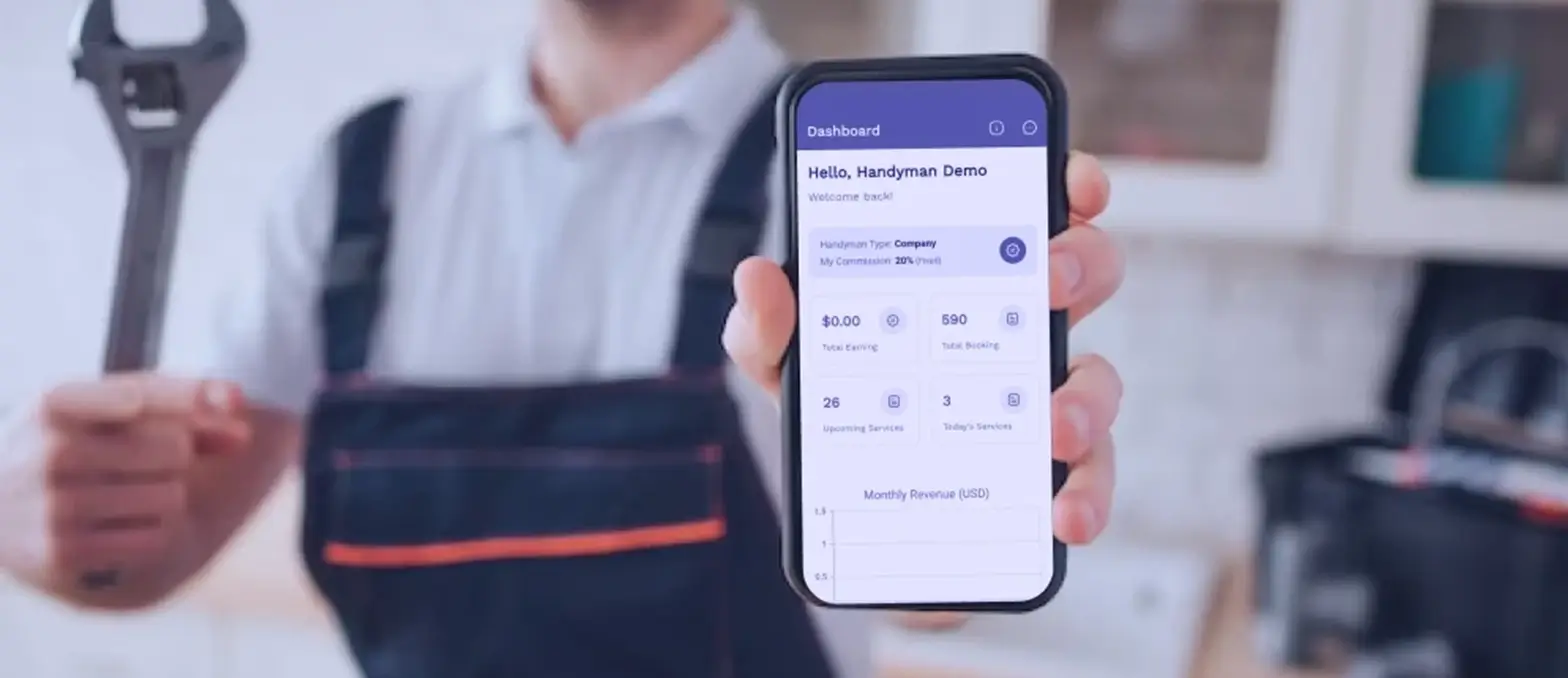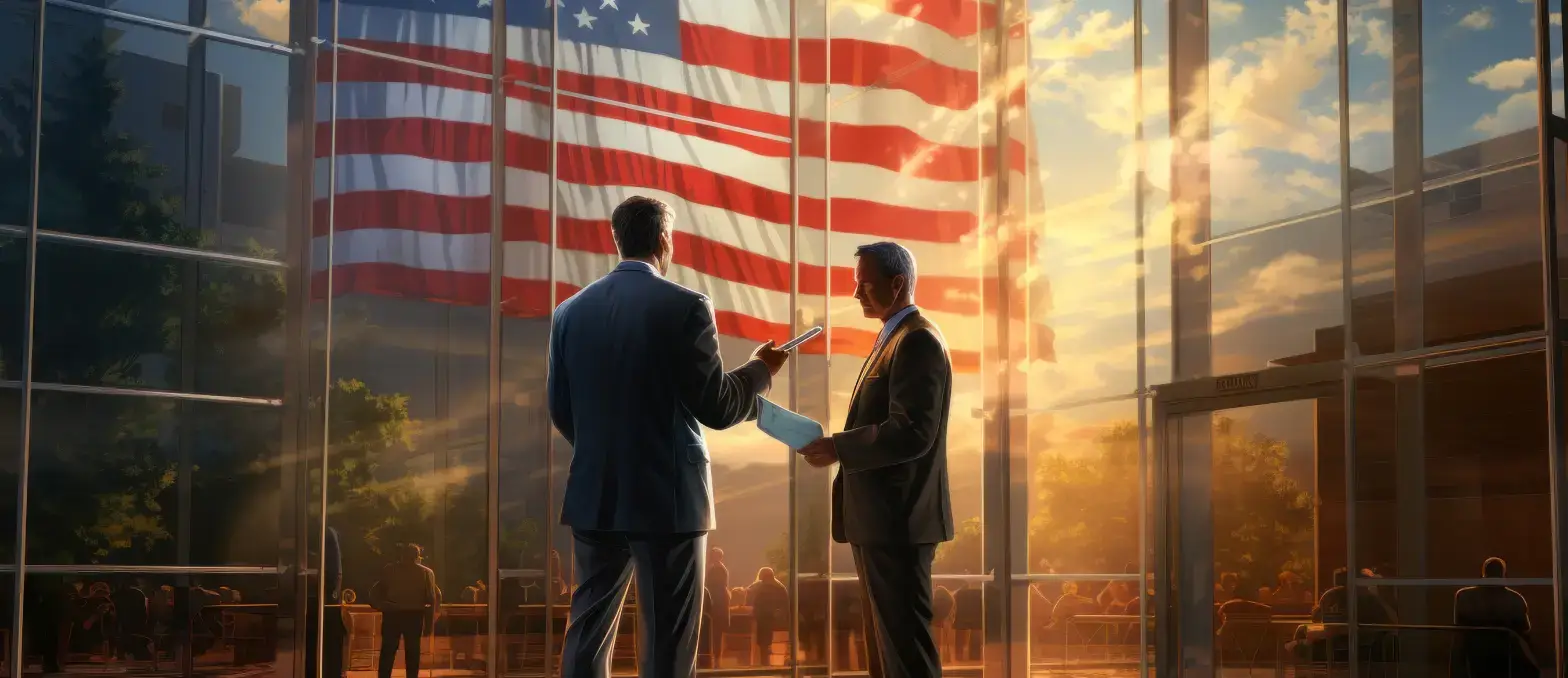In the digital landscape, the introduction of AI image generators has brought a revolution. Not only these are powerful tools, but also magical enough to convert simple text into stunning masterpieces. There has been a text-to-image technique prevalent for many years. However, software has only lately developed the ability to produce graphics with many themes and visual styles from human input.
AI image generators come in a variety of forms, but they always share the same fundamental features. These can be used to accept text input and produce an image with it. Alternatively, you can use it to add additional colors to an existing photo. You can use it for more useful purposes, such as making images for websites, creating visuals that represent your brand, making memes, etc. Therefore, whether you are a seasoned artist, a curious hobbyist, or a marketing professional, the power of an AI image generator is limitless.
Artificial Intelligence-Generated Food Photography
The photographs created by the AI food image generator are astonishingly realistic and detailed. For instance, we produced an artificial intelligence (AI) image of a beetroot carpaccio with a cashew cream dressing that appears so lifelike that it almost seems edible. Additionally, we produced an AI image of grilled swordfish served over creamy polenta with a sauce of lemon, caper, and butter. To set the mood, the AI even managed to record and produce a glowing candle in the background. Now, with an AI image generator content developers can produce gorgeous, realistic food images that look just like real ones!
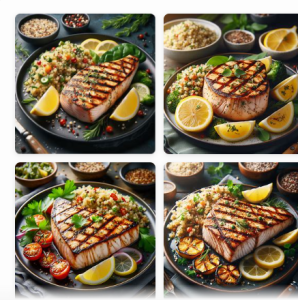
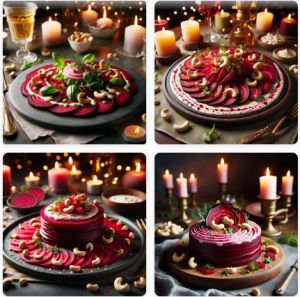
AI is now a part of our daily existence. The well-known large language models like ChatGPT were created in 2022 and have since helped pros create engaging content. It can even assist home chefs in choosing what to do for supper by providing recipe suggestions depending on what they have in their refrigerator.
A lot of the incredible AI food image generator content available is quite creative and artistic. For instance, if you ask it to produce an image of a dancing unicorn in a Dali-esque manner. You’ll get an incredible result that brings together all of those elements in a way you probably never would have imagined. Since you didn’t know exactly how you wanted the image to look, it might provide you with a million different, stunning renditions of the same image.
The Rise of Food Image Production
AI food image generator is becoming increasingly popular since it has the potential to revolutionize the food sector. AI-generated food graphics have a wide range of uses. Ranging from marketing campaigns and cookbooks to online food delivery services and menu planning.
AI Training Data and Models
AI models require a lot of training on big datasets with pictures of different foods and culinary masterpieces to produce food images. These datasets cover a wide variety of cuisines, presentation methods, and meal arrangements. The generative AI models can understand the finer points, colors, textures, and layouts that contribute to a visually pleasing dish since they have been exposed to such a wide variety of food photographs. The models gain the expertise necessary to produce photographs that encapsulate the spirit of various cuisines through this training process.
Increasing Creativity and Realism
The created food photos are always being improved in terms of realism by AI algorithms. Through the use of methods like conditional generation and style transfer, AI food image generators can replicate food with unique touches or imbue photos with certain artistic styles. Furthermore, AI models can already produce incredibly vivid and realistic food photographs that nearly mimic those produced by expert food photographers. This is possible because of developments in generative adversarial networks (GANs).
Experience Limitless Possibilities By Connecting With an AI Development Company
What AI-Powered Photography Tools Are Capable Of
\It’s probable that you have previously seen AI-generated pictures at restaurants without even realizing it. These food photos can look amazing, delicious, and like they were taken by the world’s top chefs and photographers. But what other uses are there for AI tools?
1. Individualized Photo Suggestions
Professional food photographers can now use AI tools to further their photographic skills. These tools have evolved to such an extent. These AI image generator tools can examine a photographer’s prior work and suggest ways to improve it, such as short-film locations, camera lenses, lighting setups, photographic techniques, composition of images, etc.
2. Image Interpretation
The capacity of AI to evaluate images is another potent attribute. This entails understanding ingredients, quantities, locations, and histories in the food industry. This can benefit the sector as a whole in several ways, such as developing recipes, keeping an eye on the quality of the food, automating the administration of restaurant inventories, and many more.
3. Creating Pictures
AI techniques have become proficient in identifying captions and image content through extensive training on hundreds of thousands of photos. Because of this, they can produce whatever image you desire; with AI prompt engineering all you need to do to generate AI prompts is include a few keywords.
4. Image Recognition and Tagging
Lastly, there’s the option to convert photographs to text, which can be quite helpful for those who are blind or visually challenged. Other options include image tags, keywords, and text-to-speech capabilities. Additionally, these AI tools can identify the type of food in the image, which is advantageous for restaurants as it offers amazing categorization skills and eases operations.
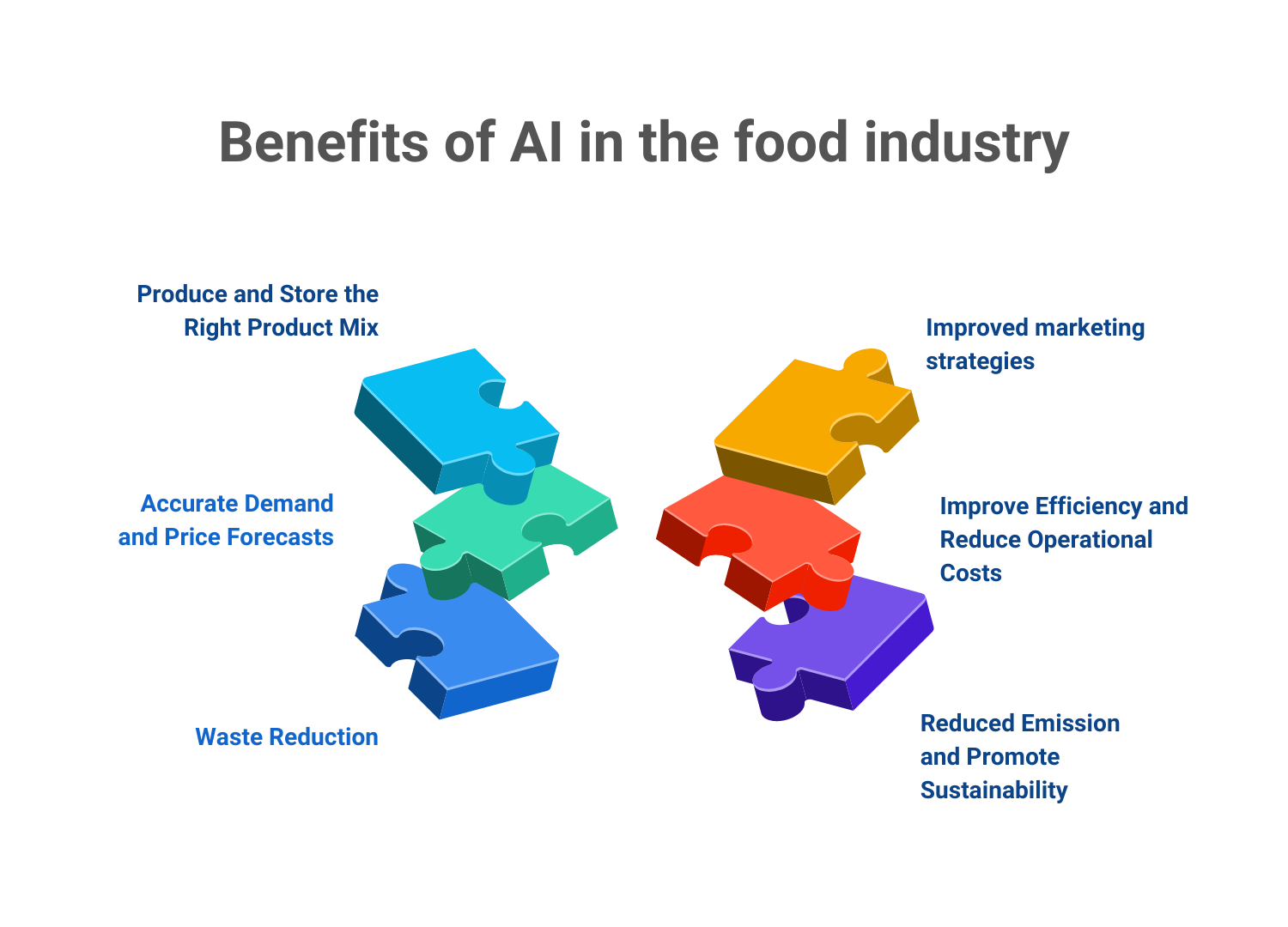
How do AI art Generators work?
Artificial neural networks, which are sophisticated mathematical systems with pattern recognition and prediction capabilities, are the foundation of AI image generator tools. In essence, a neural network learns to recognize more objects like more cats by feeding it data about an object, like a cat.
These digital images are referred to as “computer-generated” art since computers create them. The generator employs a machine-learning algorithm to generate an image based on words inputted into its interface. The outcome resembles a scene from an animated film.
It is evident how important visual representation is for increasing consumer engagement and revenue; Grubhub research shows that restaurants that display photos next to their menu items get at least 70% more orders and 65% more revenue than those that do not. AI image generator tools are therefore a useful tool for startup and small restaurant businesses that might not have the capacity to add photos to meal delivery applications. In the food tech industry, case studies of firms such as Lunchbox and Swipeby perfectly capture the revolutionary potential of AI image generators.
The Best AI Tools For Food Image Generation In 2024
Text-to-image generators such as Adobe Firefly, DALL-E, Midjourney, and Stable Diffusion are similarly stunning in terms of their visual component. Midjouney’s capacity to generate hyperrealistic graphics with just one request has enthralled creative and social media followers. To unleash endless creativity, users only need to join the Discord server and interact with the chatbot.
DALL.E
It all began, in a way, with DALL·E. All the other tools on this list have hurried to catch up with the tool that started this trend. One of the best artificial intelligence image generators is DALL·E, created and supplied by OpenAI, the same artificial intelligence development company that provides ChatGPT. DALL·E comes in two versions. The earlier version, DALL·E 2, may only be accessed with a premium plan. You purchase 115 credits for $15, and you can use those credits to create pictures. You can refill for an additional $15 once you run out, and so forth.
Next is DALL·E 3, which may be had with a $20/month ChatGPT Pro subscription. You just need to input the prompt into ChatGPT and indicate that you would like an image, and the AI image generator will create one for you. Conveniently, DALL·E 3 is also available for free through Bing Chat. However, to utilize it, a Microsoft account login is a must. Bing Chat will provide you with three or four distinct prompt variations when you ask it to generate the image of your choice.
Craiyon
Craiyon, which was formerly known as DALL·E Mini, is among the most advanced and old AI image creators. Plus, it’s free, which is beneficial. All you have to do is go to the website, enter your prompt, and then wait a little while for the AI tool to generate a grid with nine different prompt possibilities.
Of course, using a free AI image generator has its drawbacks. Craiyon employs a lot of advertisements, which might grow annoying very fast. The photographs themselves are even worse because Craiyon isn’t quite as sophisticated as some of the other programs on this list, which leads to the creation of some incredibly strange-looking images.
Nevertheless, the fact that it’s free can make it worthwhile for you. Furthermore, some photos work out better than others.
LunchBox
Lunchbox is an AI food photo generator designed for restaurants that need to quickly create food photos for their menus, websites, and social media profiles. It aims to assist restaurants in avoiding scenarios in which they lack updated food images. It is built on OpenAI’s DALL-E generative AI services. A restaurant can choose from three categories on Lunchbox’s AI text-to-image meal generator, which is free and open to the public, to create a snapshot.
The user can type in the dish they would want to see in the “Search” area, such as a Caesar salad or cheeseburger and fries. Moreover, the user has the option to ask Lunchbox to produce a picture of a person eating a salad. The creation of a food image on Lunchbox requires only this mandatory category.
In the meanwhile, the user can select backdrops for their food photograph in the optional “background” field, such as “wood,” “yellow,” “a cafe in Los Angeles,” or “a bar in Paris.”
According to Nabeel Alamgir, CEO of Lunchbox, restaurants that provide food with an image get 65% more orders and make 70% more money than those that don’t.
SwipeBy
An AI text-to-photo software was just released for users by Winston-Salem. North Carolina-based Swipeby, is a firm that offers online ordering services to establishments such as restaurants. With the use of a program developed by Swipeby, eateries can now produce realistic pictures from menu item descriptions and headlines. Known as Swipeby Snapshot, it uses text-to-photo models and technologies from Stability AI and Open AI to assist restaurants improve ordering rates and user-friendliness of their online menus in a matter of seconds.
The snapshot was created by Swipeby to assist clients in cutting down on food waste, saving money on pricey photography, and streamlining the ordering procedure for their clients. Restaurant owners may easily generate an image by using the item description and headline from their menu, as SWIPEBY’s service incorporates Open AI and Stability AI technologies.
MidJourney
A revolutionary tool in the field of food photography is Midjourney AI V5. With it, you can produce gorgeous, realistic shots without having to deal with the inconvenience of arranging a photo session or buying pricey gear. You’ll still obtain those tantalizing pictures that will turn your audience’s stomachs while saving time and money. It can produce remarkably beautiful food without ever requiring you to touch a camera. With just a text description of what you desire, Midjourney’s potent AI image generator can instantly create a beautiful image that incorporates every word of your description. With Midjourney and a few easy instructions, food photographers, chefs, restaurants, food bloggers, marketers, and many more can produce the most captivating food photos you’ve ever seen.
Stable Diffusion
Similar to ChatGPT’s approach, Stable Diffusion is an open-source AI text-to-image generator that has recently gained popularity online. It makes use of the latent diffusion model, or LDM for short, which generates an image using static initially and then gradually eliminates it piece by piece while adhering to the instructions in the text. The AI engine has learned to identify these elements, merging captions with photos, and these websites contain images with descriptions.
The AI tool is special because it can add details to other photographs by writing them in, making them more complex and extensive, and it can replace specific elements inside a picture.
AI Food Photography – Better Or Just More Convenient?
Production of food content traditionally starts with a solid plan and a complete comprehension of the creative brief, even before entering a studio. Making mood boards to generate ideas and locating materials and props to make ideas come to life can be time-consuming but essential.
Utilizing AI food photography may enable you to drastically cut marketing costs and save time, but it still lacks the “human touch,” particularly when it comes to something as intimate as food.
A few disparities may be found in the generated photographs even with thorough prompts that specified the camera model, lens type, and aperture ratio. Even though they were of good quality and resolution, they frequently strayed from the assignment and used their imagination to include unusual components. Even when we simplified our original prompt engineering solutions, the updated version was, to put it kindly, visually boring and devoid of personality.
Empower Your Vision Into Reality With AI Expertise
Benefits of AI in Food Imaging
Efficiency:
The main benefit of AI is efficiency. Other benefits include reduced time and resource requirements for tasks like purchasing supplies, transporting props, arranging lighting, reshooting, restyling sets, preparing and cooking meals on the day, and editing shots. In the end, employing a prompt engineering consulting services company like Midjourney may not produce the desired results, particularly if you lack a wealth of experience.
When compared, an untrained eye could find it difficult to distinguish the produced image from the human-captured shot. For example, the meat’s texture, the lighting, the salt flakes that have been sprinkled on, and other characteristics may give away that our creative team created the image on the left. The schnitzel appears polished and over-edited, but the image on the right has better lighting and shadow placements. The lettuce’s texture and the sauce at the bun’s base all look very natural. Sesame seeds, which weren’t included in the recipe or brief, are also included in the coating.
Reliability
Reliability is also essential when obtaining information for customers. The image omits the caramelized onions specified in the recipe and adds random components like pickles that were not part of the request. Although we were ultimately unable to obtain the precise image we desired with Mid Journey, our outcomes did improve when we used different prompts. The AI image generator is more than capable of generating scalable, high-quality content at record rates; yet, just because you can use it, does it imply you should?
It was irritating not to have control over altering small details in the shot. Every time Midjourney recreates an image, it adds components and ingredients that weren’t in the brief. Therefore, if you were delighted with a particular aspect of the image, you could reimagine it and replace that piece with something else.
Were they eerily reminiscent of a fast-food commercial? Yes, but our goal is to encourage cooking among readers with interesting material. Don’t get us wrong, artificial intelligence and machine learning solutions are still a strong tool that creatives may use to create intricate visuals, even in this experimental stage. However, there is still work in progress for preparing optimized prompts for accurate outcomes.
Ethical Aspects to Take into Account
Even though AI-generated food photos present interesting possibilities, ethical issues need to be taken into mind. It is imperative to maintain transparency when revealing whether a picture was taken by a human photographer or by artificial intelligence. To keep culinary experiences authentic and trustworthy, this differentiation is required. When using AI image generators, concerns around cultural appropriation and misrepresentation should also be taken into consideration. Sensitivity and respect for various culinary cultures and traditions are necessary for the responsible application of this technology.
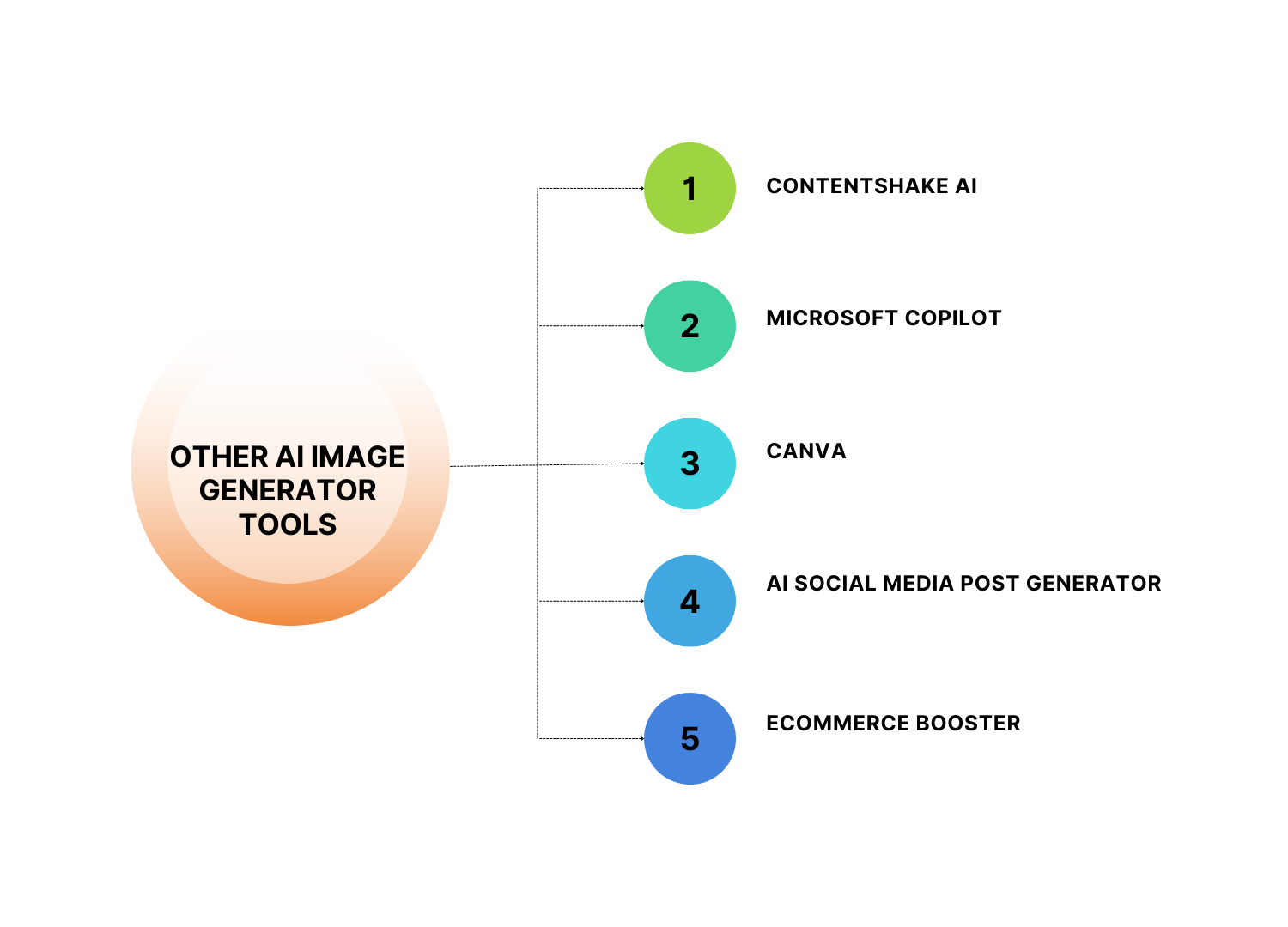
AI Image Generator Prompts for Food Photography
Prompt Details
Whether you are a restaurant owner, food photographer, or generative AI development company, you must be aware that the key to getting the ideal food photo is to present the meal in a mouthwatering, alluring light. You recognize the significance of presentation, composition, and lighting.
You may create photorealistic photographs of food with these food photography prompts for AI image generators (Midjourney and Stable Diffusion). These prompts ought to produce aesthetically pleasing, high-quality photos of food that showcase the dish’s greatest qualities.
Actions to take:
- – Choose the cuisine: Decide which cuisine you would like the picture to depict. This will assist in generating dish-appropriate images for the prompt.
- – Explain the dish: Give a thorough description of the cuisine, highlighting any unique elements you wish to draw attention to as well as the primary ingredients, colors, and textures.
- – Choose the angle: Choose the viewpoint that you would want to use for the food photos. This will assist the prompt in producing images that showcase the dish’s best qualities and are visually appealing.
- – Describe the lighting: Decide on the kind of lighting you want for the picture. This will assist the prompt in producing well-lit and aesthetically pleasing photographs.
AI Food Generation’s Future
The next two queries are: should you be concerned and can AI food photography improve over time? Perhaps. But the future is always unpredictable. Furthermore, the value of genuine photography tends to rise in comparison to AI content when the former begins to lose value due to overabundance.
Let’s examine the development of technology during the last many decades:
Was the release of digital cameras a hit for the film industry? Undoubtedly, some photographers gave up, while others changed with the times. Many photographers are still using film successfully today. Embracing innovative and creative methods is crucial.
And after the invention of cell phone cameras, everyone seemed to be a photographer. That is no longer a career! Still, there is a huge and expanding demand for traditional photographers. Photographers are still hired by people for weddings, maternity, baby, and family portraits. Why? Considering that not everyone is a photographer! Far too many individuals continue to snapshots in appallingly divided lighting with dirty lenses that are skewed.
And no, having an incredibly large pixel count on your phone camera does not mean that expertise is replaced. Furthermore, pixels are more complex than a single number. If pixel pitch and density are taken into consideration, phones simply cannot compete with high-end cameras. Not to mention that printing photos is problematic due to the disparity in the image ratio from a phone.
Conclusion
AI-powered food image production is a revolutionary development by an Artificial intelligence solutions company. It has several uses in the food sector, from improving restaurant menus to creating engaging food blogs and internet content. However, upholding integrity and respecting various food traditions requires ethical considerations and appropriate implementation. AI food photography has limitless potential as the technology develops further, enhancing visual narrative and culinary creativity. AI image generators offer a game-changing prospect for the food delivery app development company, enabling eateries to improve their marketing game and satisfy customers’ changing needs in an era of rapidly accelerating digitalization. Businesses may produce visually striking marketing materials that grab attention, boost client happiness, and eventually improve sales by utilizing AI technology.
Though there is no denying the potential advantages of AI image generators, organizations also need to take several factors and problems into account. To keep customers’ trust, photographs must be original and accurate. Businesses must thus address the possible inaccuracies in image-generating algorithms.
To increase customer confidence and reduce the dangers connected with AI image generation, transparency and accountability are crucial. In order to make sure the technology is applied appropriately and for the advantage of all clients, AI solution providers think organizations must approach the adoption of AI image generation with some professional assistance. Businesses that effectively embrace digital acceleration will gain a competitive edge and position themselves for long-term success.
Frequently Asked Questions
1) Is AI taking the place of human photographers in food photography?
Artificial intelligence (AI)–generated food photography enhances human photography by providing more creative options. Artificial intelligence (AI) can produce photographs with efficiency and diversity in some situations. While, human photographers contribute their distinct viewpoints and creative touches.
2) What are the potential benefits of food product marketing from AI-generated food images?
AI-generated food photos have the power to attract and hold viewers’ attention, boosting food product marketing. They can be used to create visually appealing food representations in ads, websites, and social media campaigns, drawing in customers and increasing sales.
3) Do photos of food produced by AI ever accurately depict the actual dish?
While AI-generated food photographs try to capture the visual elements of foods, they might not always be perfectly accurate. AI algorithms can produce visually appealing visuals that may or may not match the presentation in every way.
4) Can the flavor and aroma of food be captured in AI-generated food images?
At the moment, AI-generated photos of food do not capture flavor or scent; instead, they concentrate on visual depiction. The main goal of the technique is to produce visually stunning images that pique the interest of the spectator.
5) In what ways might AI-produced food photos enhance appreciation of culture?
AI-generated food photos can honor and highlight the variety of world culinary traditions. These photos can promote cultural respect and understanding by displaying diverse food traditions and including subtle cultural elements.





